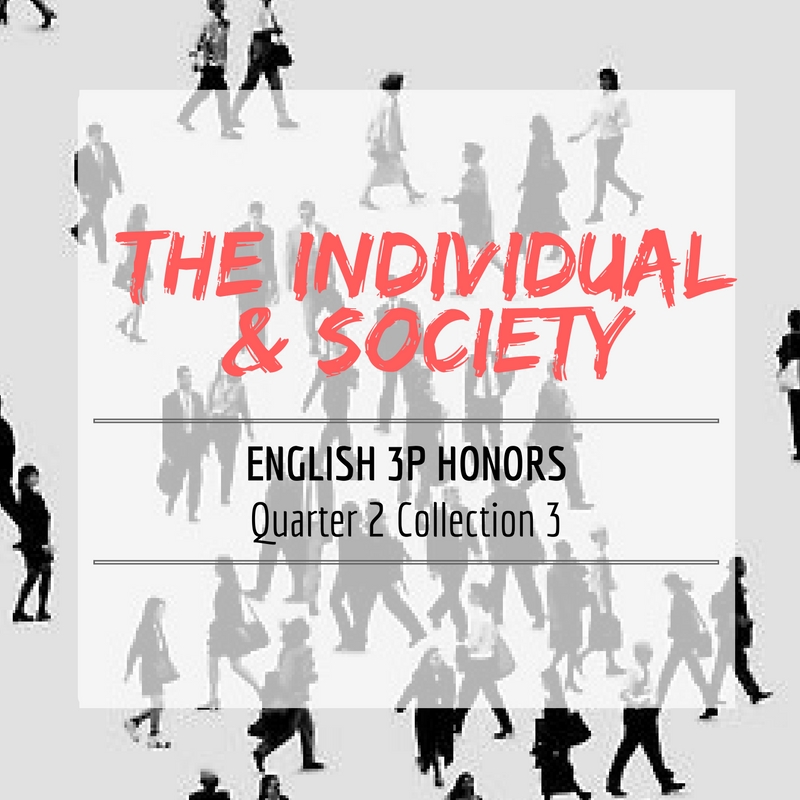Online Pharmacy From Canada. Discounts And FREE SHIPPING. Great Discounts. Any Guest Wants To Find Lower Price From The Drug Store With No Prescription On This Website http://cancerbarn.dk/kamagra-oral-jelly-uk-sales/ Overtly. And Get The Best Offers For kamagra. My Sister Bought There Generic And Brand Drugs Online Without Prescription.
English 3P Honors: Unit Goal
Write an essay that defines American Romanticism’s views of the INDIVIDUAL AND SOCIETY and examines their use of stylistic devices such as imagery, figures of speech, paradox and symbolism to communicate philosophical attitudes and themes.
“Trust thyself: every heart vibrates to that iron string.” Ralph Waldo Emerson
Unit Essential Questions:
- How does early 19th Century Romantic literature explore the connection between nature and one’s identity?
- How did American Romantics views about the INDIVIDUAL and SOCIETY as expressed in Romantic essays, poetry, and shorts stories define the “American” as an idea and the United States of America as a political and cultural entity?
- How did views of INDIVIDUALITY as expressed in Romantic literature in U.S. history inspire and shape artistic, cultural, and political movements?
Unit Terms
Romanticism, intuition, Transcendentalism, Dark Romanticism, Romantic Hero, Mood, Setting, Diction, Theme, metaphor, imagery , tone, personification, symbolism, paradox, civil disobedience, allegory, parable, archetype,
Objective 1: Historical Context
Students can define features of American Romanticism as a cultural and intellectual movement that arose out of the historical context of the early 19th century by completing notes and American Romanticism Pamphlet, and identifying Romantic features in “Thanatopsis” by Willaim Cullen Bryant.
 Objective 2: Transcendentalism & the Individual in Nature
Objective 2: Transcendentalism & the Individual in Nature
By reading and annotating Transcendentalist literature, students will be able to: 1.) identify philosophical attitudes and themes 2.) analyze the effect of imagery, figures of speech and symbolism to communicate views on NATURE.
A. Nature and Self-Reliance by Ralph Waldo Emerson, pp. 179-188
I. Pre-Reading: Emerson, Ralph Waldo, Emerson’s Transcendentalism Notes, Mood Words
II. Reading: Say Means Matters Template for “Nature”, Says Means Matters Template for “Self Reliance”
III. Post-Reading: Philosophical Chairs
Web Resources: http://www.rwe.org/, www.transcendentalists.com
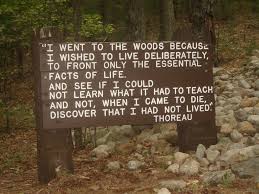
B. Thoreau, Henry David. from “Walden“
I. Pre-Reading: Thoreau Notes
II. Reading: Says-Means-Matters —
III. Post-Reading: Summary Template
Web Resources: Henry David Thoreau: Who He Was and Why He Mattered
Objective 3: Dark Romanticism & the Individual in Society
By reading and annotating Dark Romantic literature, students will be able to: 1.) compare philosophical attitudes and themes communicated through allegory and 2.) analyze the effect of imagery, figures of speech and symbolism to communicate views on DEATH.
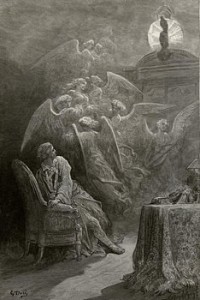 Edgar Allan Poe, “The Raven”
Edgar Allan Poe, “The Raven”
I. Pre-Reading: Poe Notes, Intro Film Clip
II. Reading: “The Raven”
III. Post Reading: Summary Template
Web Resources: http://www.poemuseum.org
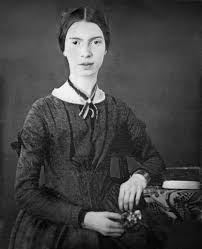 Emily Dickinson
Emily Dickinson
I. Pre-Reading: Much Madness Quick Analysis & Intro Film Clip
II. Reading: Poems by Emily Dickinson
III. Post Reading: Reader Response Essay
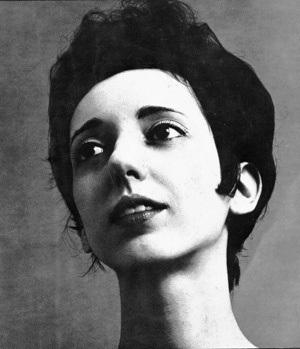 Objective 5: Evaluate Arguments Against Romanticism
Objective 5: Evaluate Arguments Against Romanticism
After reading and annotating Joyce Carol Oates’ essay, “Against Nature,” students will evaluate the author’s view on nature and nature writing by analyzing word choice, syntax, style and examples from the text.
I. Pre-Reading: “Great Art Stems from Chaos“
II. Close Reading: “Against Nature” Dialectical Journal
III. Post Reading: Philosophical Chairs
Objective 4: End of Unit Portfolio
By completing unit portfolio which includes a reflective essay, an analytical essay, a poem, and an argumentative response students will provide evidence of standards mastery The Individual & Society Unit.
I. Rationale
II. The Individual and Society Final Portfolio Checklist
III. End of Semester Symposium Rubric
